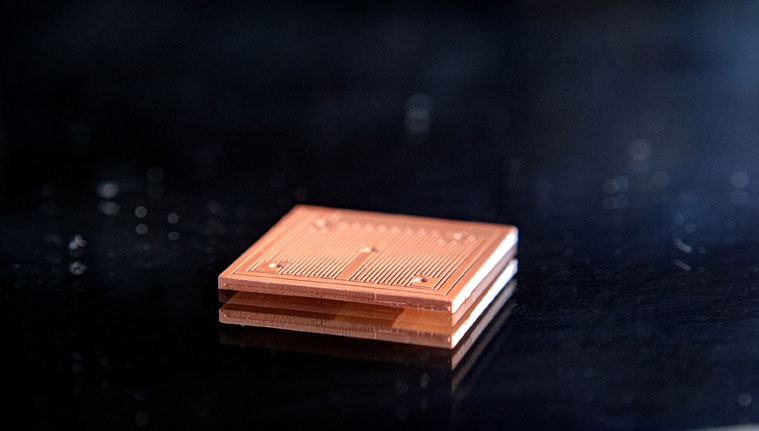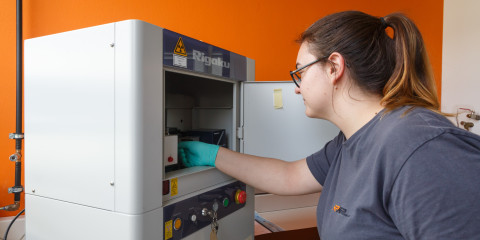This technology is practically MIM and focuses on small or light weight parts. We are operating special machines to handle small amounts and special injection possibilities.
Parts with 8 g or less
Of course it depends on the material, but we mainly think of small and mini parts. This could be only 2-4 grams or less. For several customer applications we have developed handling systems to pick up and handle with a robot for automatic sorting or post injection treatments like punching or thermal stamping.

DEBINDING
In the case of metal injection molding (MIM) or the FFF metal / ceramic process, the after-treatment operations (post-shaping) are of crucial importance. When the 3D construction is complete, the polymer component must be removed from the printed component in order to obtain a purely metallic or ceramic structure. This is a critical step that can be accomplished in a one-step or multi-step process, depending on the binder formulation.
Careful optimization of the debinding stage is important in order to avoid the presence of residues of the binder, which could influence the sintering process and thus the final properties of the workpiece (mostly disadvantageously). When considering metallic or ceramic components, incomplete elimination of the binder would lead to non-functional components. Figure 2 shows a schematic illustration of the debinding in a 2-component binder system, e.g. catalytic debinding.
SINTERING
Sintering is a heat treatment applied to a powder compact to give it strength and integrity. The aim of the sintering process is to increase the density, the mechanical sintering being below the melting point of the main constituent of the powder metallurgical or ceramic material.
The final sintering stage begins at about 93-95% of the theoretical density when the porosity is already isolated. Ideally, all porosity is removed at the end of this stage. Complete removal of porosity in the final stage of sintering can only take place if all pores are connected with fast, short diffusion paths along the grain boundaries.
Final stage of sintering: isolation of pores if e.g. the relative density exceeds ~ 93% (closed porosity, elimination of porosity), grain growth







